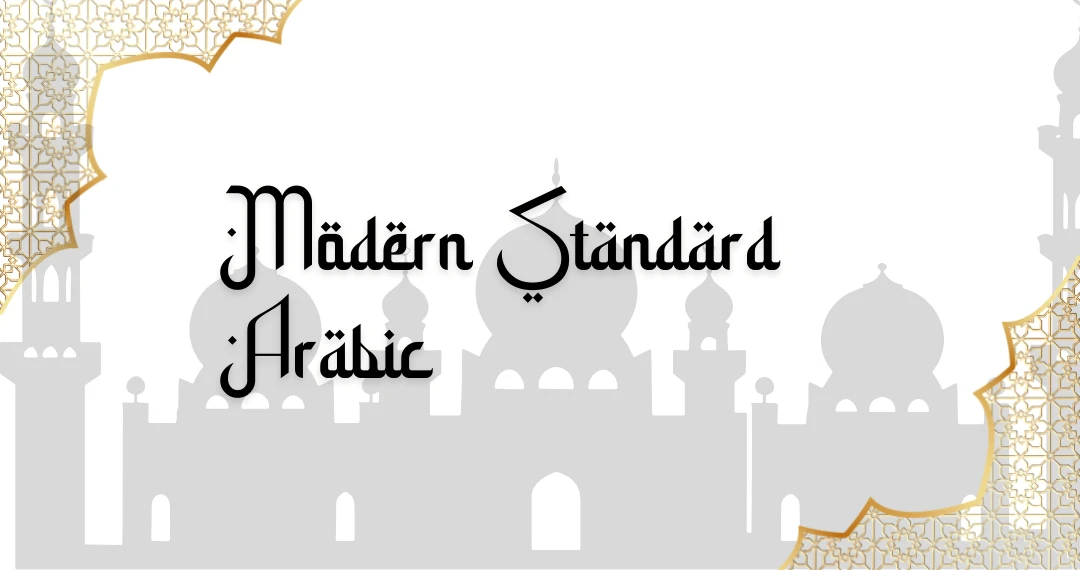Arabic is one of the world’s most widely spoken languages, with over 420 million speakers across the globe, according to UNESCO’s World Arabic Language Day report.
The Arabic language consists of classical Arabic, modern standard Arabic (MSA), and various regional dialects. This linguistic diversity creates a fascinating yet complex communication environment for Arabic speakers, learners, and businesses engaging with the Arab world.
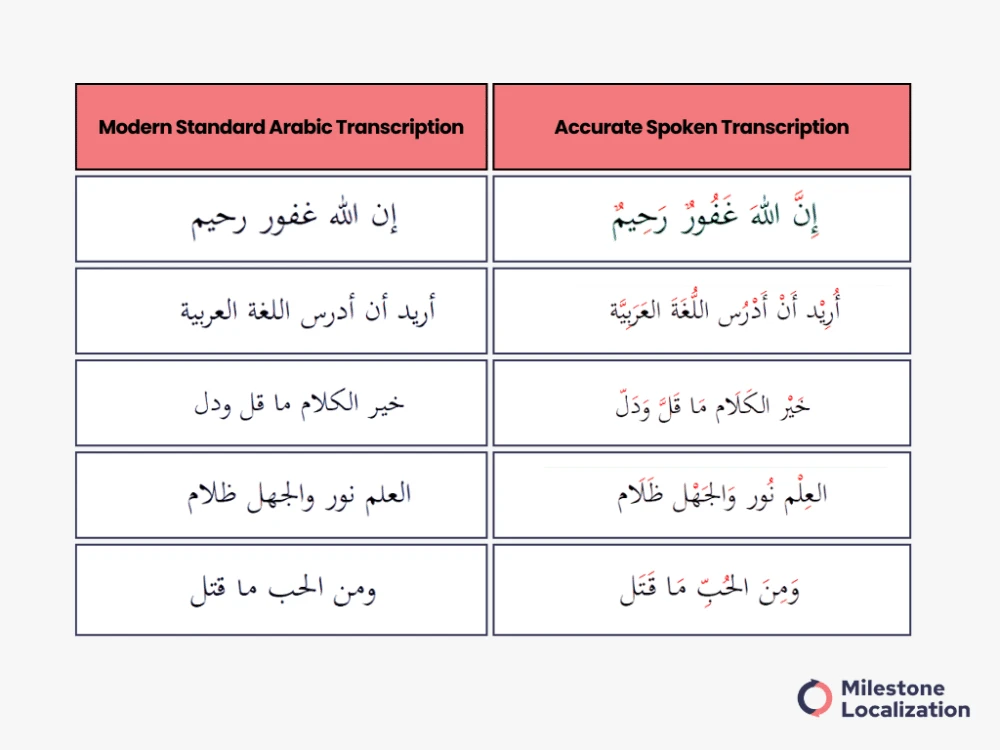
In today’s interconnected global environment, understanding when and how to use Modern Standard Arabic is crucial for effective communication across the Arab world. This standardized form of Arabic serves as a bridge between different Arabic-speaking regions and cultures.
This blog explores the importance of Modern Standard Arabic, its relationship with Classical Arabic and regional dialects, and the specific contexts where MSA is essential for effective communication.
What Is Modern Standard Arabic (MSA)?
Modern Standard Arabic (MSA), or al-fuṣḥā (الفصحى) in Arabic, is the standardized, contemporary version of Arabic used primarily in writing and formal speech throughout the Arab world.
It serves as the official language of 26 countries and is one of the six official languages of the United Nations. According to the World Atlas, Arabic is the official or co-official language in countries across the Middle East and North Africa.
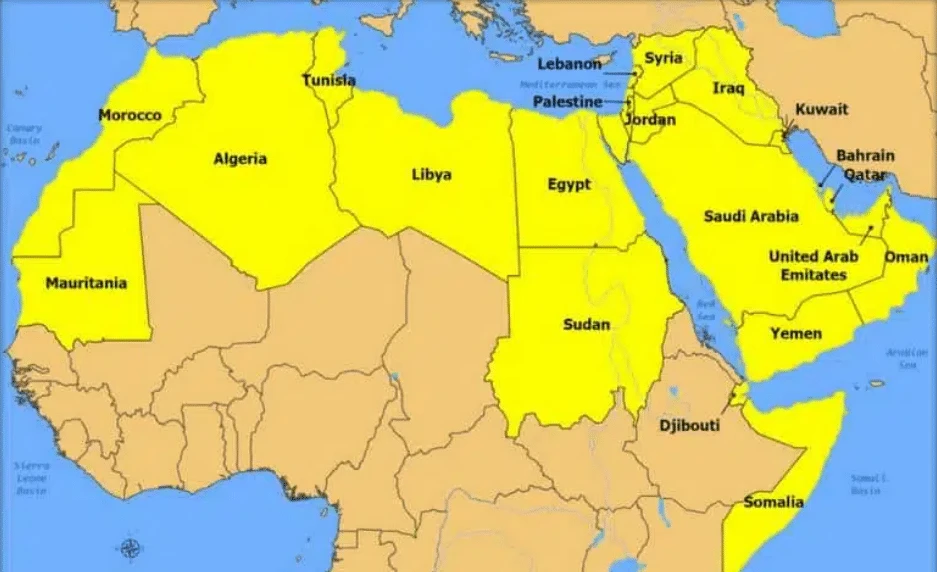
MSA functions as a lingua franca across the Arab world, enabling speakers from different regions to communicate effectively in formal contexts despite their diverse local dialects. This standardization makes MSA invaluable for education, media, government, and international communication
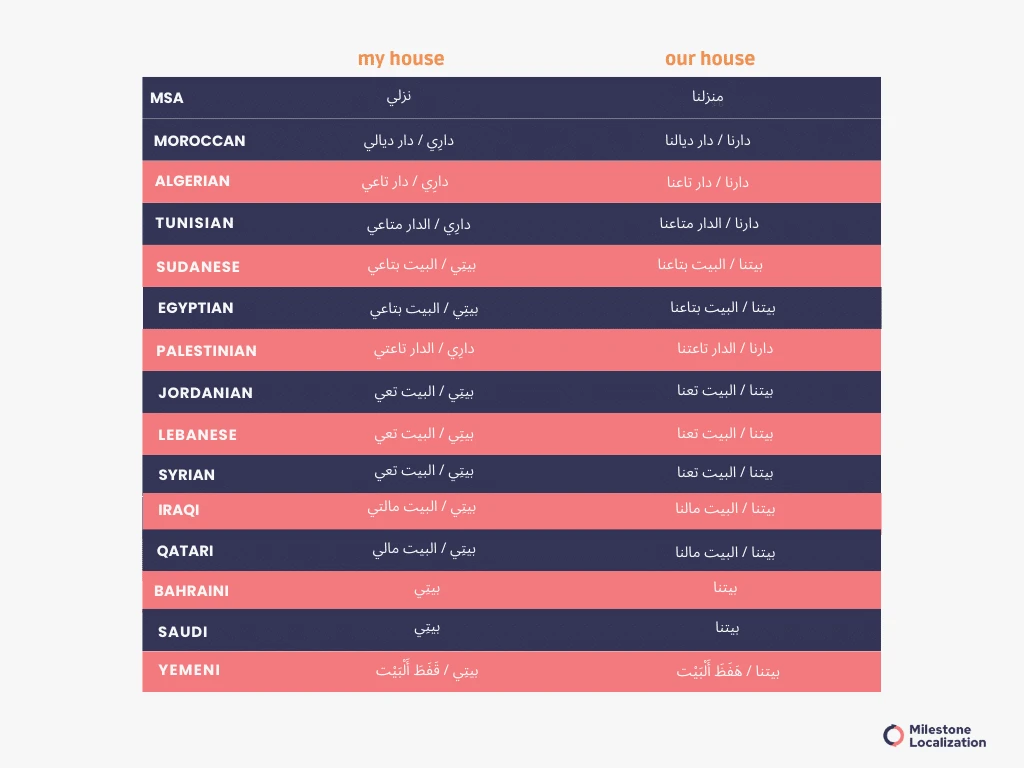
Origin of Modern Standard Arabic
Modern Standard Arabic emerged during the Arab cultural renaissance (al-Nahḍa) in the 19th century. During this period, Arab intellectuals sought to modernize the language while preserving its classical foundations.
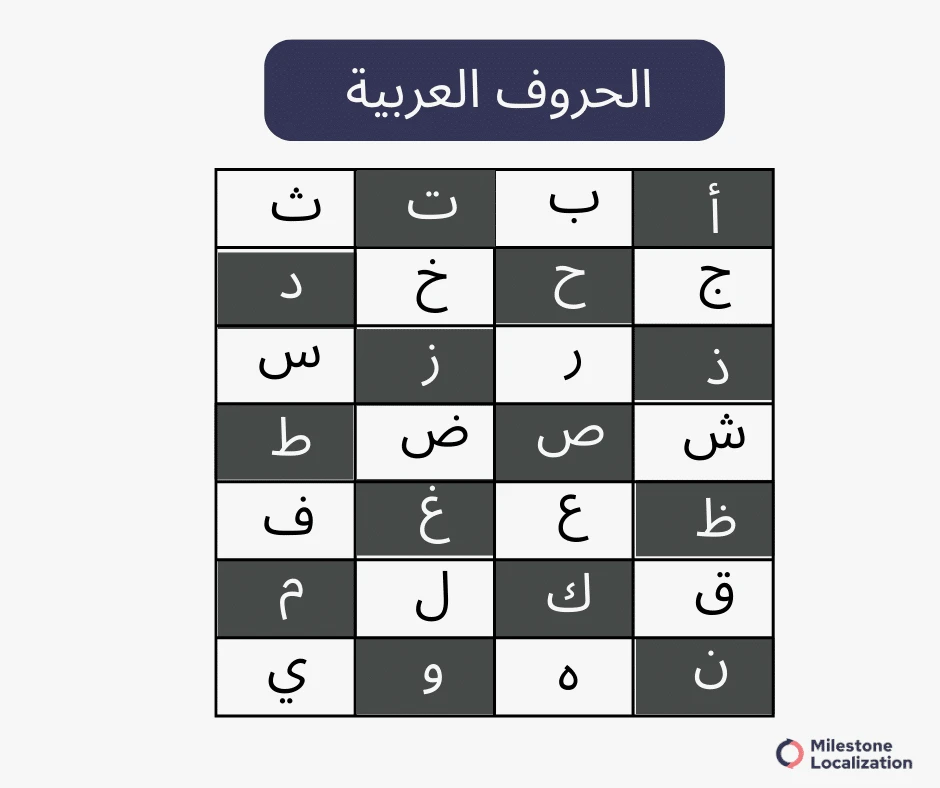
Also read: 10 Reasons Why Arabic Is An Incredibly Interesting Language
MSA developed as a response to several factors:
- The need to adapt Classical Arabic to modern concepts and technologies
- The desire to establish a standardized form of written Arabic for education and media
- Another goal was to create a unified linguistic identity across the Arab world
The result was a modernized version of Classical Arabic that maintained much of its grammatical structure while incorporating new vocabulary for contemporary concepts.
Classical Arabic vs. Modern Standard Arabic
Classical Arabic, also known as Quranic Arabic or fuṣḥā al-turāth (فصحى التراث), is the language of the Quran, early Islamic literature, and pre-Islamic poetry. It represents the highest form of literary expression in the language and holds immense religious and cultural significance.
Modern Standard Arabic, by contrast, is an adapted version of Classical Arabic that has evolved to meet contemporary communication needs. The key differences include:
1: Vocabulary
MSA incorporates modern terminology for concepts like technology, science, and politics that didn’t exist in classical times.
2: Syntactic flexibility
MSA allows for somewhat simplified sentence structures compared to Classical Arabic, making it more accessible for everyday formal use.
3: Contextual usage
While Classical Arabic is primarily used in religious contexts and literary scholarship, MSA serves as the language of modern institutions, education, and media.
4: Pronunciation
Some pronunciation rules have been slightly simplified in MSA compared to Classical Arabic.
Despite these differences, MSA retains approximately 90% of Classical Arabic’s grammatical structures and many of its stylistic features, as noted by Karin C. Ryding in her authoritative book “A Reference Grammar of Modern Standard Arabic” (Cambridge University Press, 2005).
This continuity allows educated Arabic speakers to understand classical texts while using a more practical form of the language for modern communication.
MSA vs. Arabic Dialects
Perhaps the most important distinction to understand is between Modern Standard Arabic and the various colloquial Arabic dialects.
Regional dialects of Arabic vary significantly across different geographical areas. Major dialect groups include:
- Egyptian Arabic (spoken in Egypt and Sudan)
- Levantine Arabic (spoken in Syria, Lebanon, Jordan, and Palestine)
- Gulf Arabic (spoken in countries like Saudi Arabia, UAE, Kuwait, and Qatar)
- Maghrebi Arabic (spoken in Morocco, Algeria, Tunisia, and Libya)
- Iraqi Arabic
- Yemeni Arabic
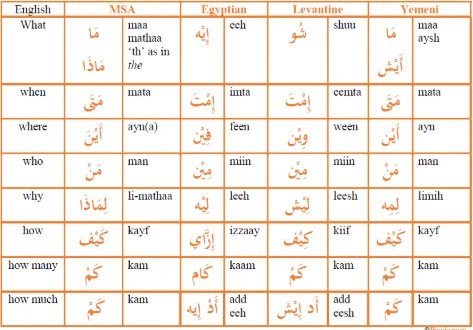
These dialects differ from MSA and from each other in vocabulary, pronunciation, grammar, and sentence structure. They evolved naturally through daily use, foreign influence, and geographical separation.
The most fundamental differences between MSA and dialects include:
1: Formality
MSA is the formal language of official contexts, while dialects are used in everyday conversation.
2: Standardization
MSA is standardized across the Arab world, while dialects vary by region and even by city.
3: Written vs. spoken
MSA is primarily written, while dialects are primarily spoken (though this is changing with social media).
4: Grammar complexity
MSA maintains much of Classical Arabic’s complex grammar, while dialects generally feature simplified grammatical structures.
5: Acquisition
Dialects are acquired naturally as mother tongues, while MSA is formally taught in schools.
This distinction creates a situation of diglossia in the Arab world, where speakers use different varieties of the same language depending on the context.
Are you looking for Professional Arabic Translation Services?
When to Use Modern Standard Arabic
Modern Standard Arabic serves specific functions in Arab society and international communication.
1: Media and Journalism
Media institutions across the Arab world primarily use MSA in their formal communications. This ensures clarity, professionalism, and accessibility across different Arabic-speaking regions.

MSA dominates in:
- News broadcasts on major networks like Al Jazeera, BBC Arabic, and Al Arabiya
- Newspaper articles and magazine features
- Written online news content
- Formal radio programming and announcements
- Documentaries, especially those addressing serious topics
- Political analysis and international reporting
The use of MSA in media creates a unified information space across the Arab world, allowing news and information to flow freely between different countries and regions without being limited by dialectal differences.
Major pan-Arab newspapers like Asharq Al-Awsat, Al-Hayat, and Al-Ahram use MSA exclusively in their reporting, as do international Arabic services like BBC Arabic and Deutsche Welle Arabic.
Also read: Which Arabic Dialect To Use & Arabic Voice-over Challenges
2: Education and Academia
Education systems throughout the Arab world use MSA as the primary language of instruction, especially for written materials and formal teaching. This educational foundation reinforces MSA’s role as the standard form of Arabic for intellectual discourse.

MSA is essential in:
- Textbooks at all educational levels
- Academic lectures and formal presentations
- Research papers and scholarly publications
- Educational websites and e-learning platforms
- Student essays and formal academic writing
- Standardized testing and educational assessment
- Science and technical instruction
Universities across the Arab world, from Al-Azhar University in Egypt to King Saud University in Saudi Arabia, conduct their formal academic activities in MSA, ensuring educational continuity across national boundaries.
For international students learning Arabic, MSA provides a standardized form that will be understood throughout the Arab world, making it the practical choice for language instruction.
3: Government and Law
MSA serves as the official language of governance and legal proceedings throughout the Arab world. Its standardized nature makes it ideal for precise communication in contexts where clarity and formality are paramount.
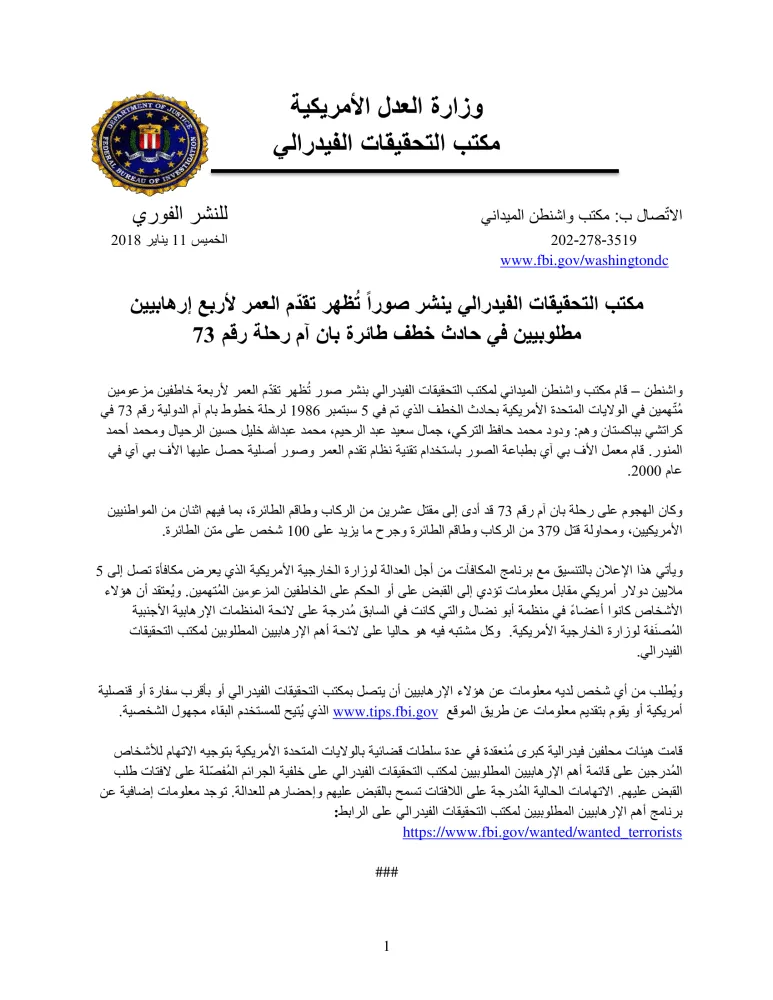
Government and legal contexts for MSA include:
- Constitutional documents and legal codes
- Official government communications and announcements
- Court proceedings and legal judgments
- Parliamentary debates and legislative documents
- Diplomatic correspondence between Arab nations
- International treaties and agreements
- Public policy documents and regulations
The standardized nature of MSA ensures that legal and governmental documents maintain a consistent level of formality and precision across different Arabic-speaking countries, facilitating inter-governmental cooperation and legal clarity.
4: Literature and Formal Writing
Literary Arabic continues to rely heavily on MSA, especially for works intended for publication and wide distribution. The rich tradition of Arabic literature finds its contemporary expression primarily through Modern Standard Arabic.
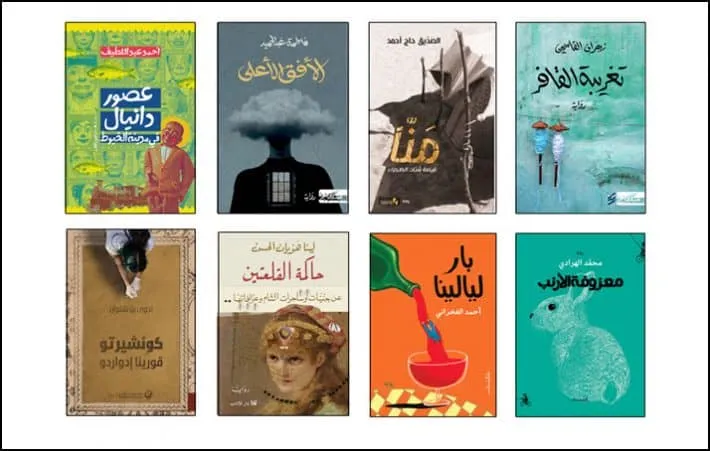
Also read: Top 10 Translation Companies In Dubai 2025
MSA dominates in:
- Contemporary novels, short stories, and literary works
- Academic and non-fiction books
- Poetry and formal creative writing
- Literary criticism and analysis
- Professional reports and business documentation
- Formal correspondence and official emails
- Religious texts and scholarly Islamic works
Renowned Arab authors like Naguib Mahfouz, winner of the Nobel Prize in Literature, wrote primarily in MSA to ensure their works could be read and appreciated throughout the Arabic-speaking world.
5: International Communication
For communication between Arabic speakers from different regions and between Arabs and the international community, MSA serves as the standard form of Arabic for clarity and universal comprehension.
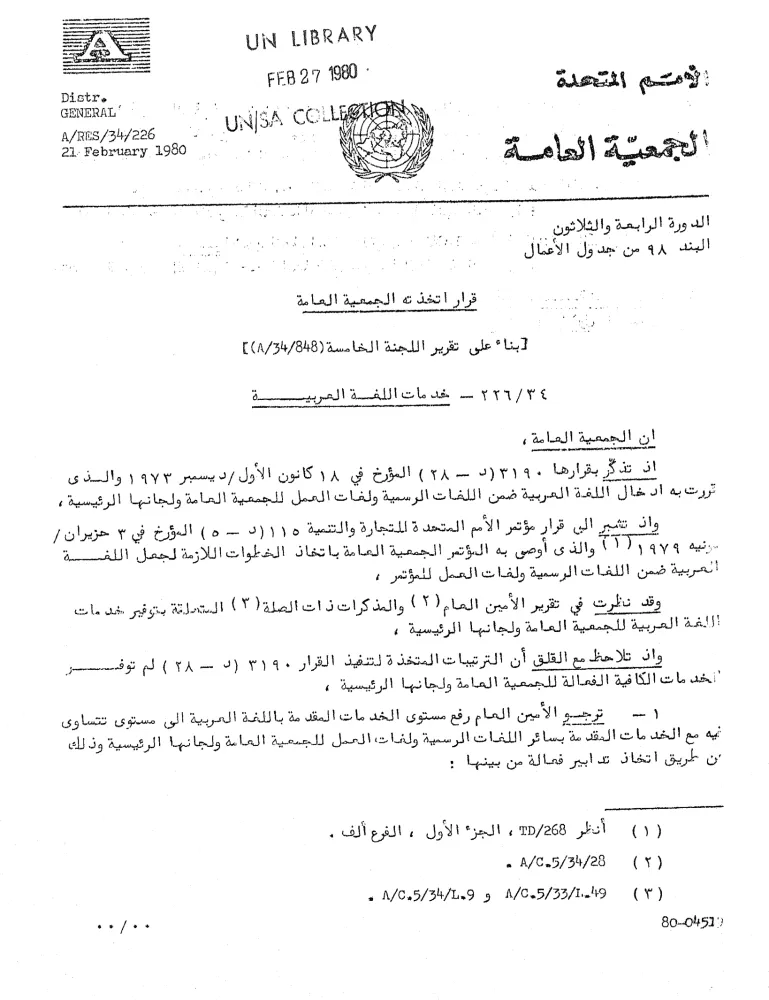
International contexts where MSA is essential include:
- United Nations proceedings and documents
- Arab League meetings and documentation
- International conferences and forums
- Diplomatic missions and embassies
- Translation of international documents into Arabic
- Cultural exchange programs and international cooperation
- Global business communications with Arab partners
MSA’s role in international settings underscores its importance as the standardized form of Arabic that transcends regional boundaries and facilitates clear communication on the global stage.
6: Business and Professional Settings

Business contexts for MSA include:
- Corporate reports and business plans
- Professional presentations and speeches
- Marketing materials for regional distribution
- Business contracts and legal agreements
- Formal business correspondence
- Annual reports and financial statements
- Corporate websites and professional communications
Multinational companies operating across the Arab world, such as Aramco, Emirates Group, and regional banks, use MSA in their formal business communications to ensure consistency and professionalism across different markets.
Also read: Business In The Middle East: Cultural Differences You Need To Know
When Not to Use Modern Standard Arabic
While MSA is essential in formal contexts, there are many situations where using dialects is more appropriate and effective. Understanding these contexts helps navigate the complex linguistic landscape of the Arab world.
1: Casual Conversations
In everyday interactions, Arabs typically communicate in their local dialects rather than MSA. Using MSA in casual settings might seem overly formal or even awkward.
Contexts where dialects are preferred include:
- Conversations with friends and family
- Informal gatherings and social events
- Daily interactions in local communities
- Shopping and marketplace transactions
- Casual phone conversations
- Informal discussions about everyday topics
Native Arabic speakers naturally switch to their local dialects in these contexts, reserving MSA for more formal settings.
2: Social Media and Pop Culture
Much of contemporary popular culture and social media content in the Arab world uses dialect rather than MSA, reflecting the informal nature of these mediums.
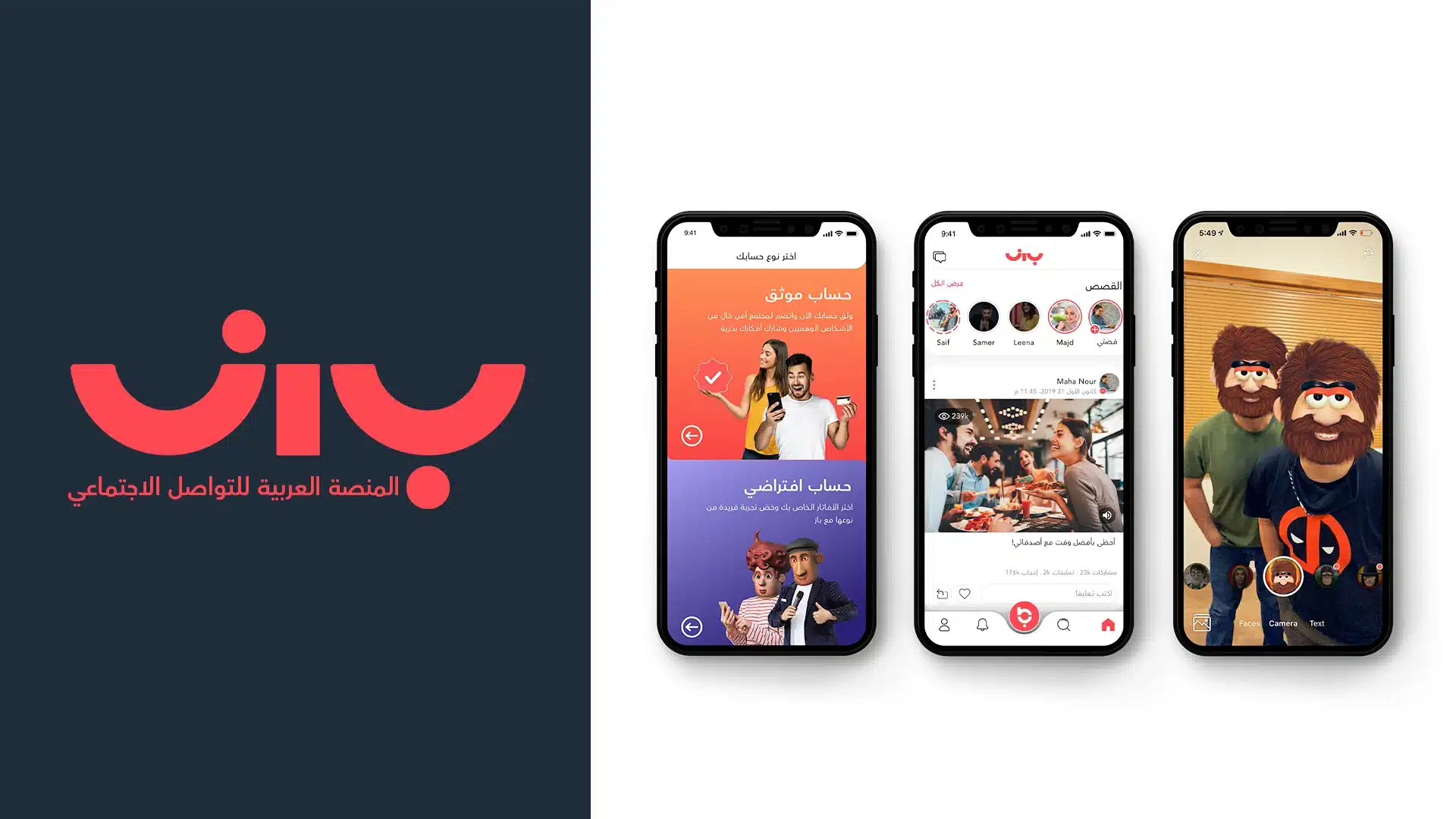
Dialect-dominated contexts include:
- Personal social media posts and comments
- YouTube videos and streaming content
- Popular music and entertainment
- Comedy shows and light entertainment
- Reality TV and game shows
- Casual blogs and personal websites
- Memes and internet humor
The use of dialect in these contexts creates authenticity and emotional connection that might be lost in the more formal register of MSA.
3: Personal Communication
For personal expression and emotional communication, Arabs typically rely on their native dialects, which carry cultural nuances and emotional resonance that MSA might lack.
Personal contexts for dialect use include:
- Expressing feelings and emotions
- Telling personal stories
- Joking and humor
- Family gatherings and celebrations
- Local community events
- Personal video messages and voice notes
- Informal text messages between friends
The intimate nature of dialect makes it more suitable for these personal contexts, where connection and cultural understanding are more important than formal correctness.
The Importance of Modern Standard Arabic in Translation and Communication
For businesses, organizations, and individuals engaging with the Arab world, understanding the role of MSA in translation and communication is essential for effective engagement.
Translation Considerations
When translating content into Arabic, several factors determine whether MSA or a dialect is more appropriate:
1: Target audience
Content for pan-Arab distribution should use MSA, while localized content might benefit from dialect in certain contexts.
2: Content formality
Formal documents, technical materials, and business communications should use MSA, while marketing might sometimes benefit from dialect elements for emotional connection.
3: Medium
Written content typically uses MSA, while video scripts might incorporate dialect elements depending on the context.
4: Purpose
Informational and educational content should use MSA, while persuasive content might strategically incorporate dialect elements.
Professional translation services typically default to MSA unless a specific dialect is requested, ensuring the widest possible understanding across the Arab world.
Conclusion
Modern Standard Arabic serves as the linguistic bridge connecting diverse Arabic-speaking populations across national and cultural boundaries. Its standardized nature makes it invaluable for formal communication, education, media, and international relations.
For effective communication in the Arab world, understanding when to use MSA versus when a dialect might be more appropriate is essential. Generally, written content, formal contexts, and communications intended for a pan-Arab audience should use MSA, while informal and highly localized communications might benefit from dialect elements.
For Arabic language learners, focusing first on MSA provides a solid foundation that will be understood throughout the Arab world. As proficiency develops, learning a regional dialect
Also read: Top 10 Translation Companies in Egypt 2025
Are You Looking for Arabic Translation Services?
FAQS
What is Modern Standard Arabic (MSA)?
Modern Standard Arabic is the formal, standardized version of Arabic used across the Arab world for writing, formal speech, media, education, and official documents. It is based on Classical Arabic but includes modern vocabulary and usage.
Why is MSA important?
MSA serves as the unifying language across different Arabic-speaking countries, enabling clear communication in academic, governmental, media, and business contexts. It is essential for formal writing, education, legal documents, and international diplomacy.
When should I use Modern Standard Arabic instead of a dialect?
MSA is used in formal settings such as books, newspapers, official speeches, education, media, and legal matters. In everyday casual conversations, local dialects are preferred because MSA can sound overly formal or awkward.
Is Modern Standard Arabic spoken in daily life?
No, MSA is generally not spoken as a first language or in casual conversation. People use local dialects for daily communication. MSA is mostly reserved for formal speech, writing, and media.
How is MSA different from Classical (Quranic) Arabic?
MSA is very similar to Classical Arabic but includes modern terms and slightly different pronunciation and phrasing. Classical Arabic is more common in religious texts and some literature, while MSA is used for contemporary communication.
Who should learn Modern Standard Arabic?
MSA is ideal for learners interested in Arabic literature, media, politics, business, and academia, or those who want a standardized form understood throughout the Arab world. It enables access to education and formal communication across different countries.

